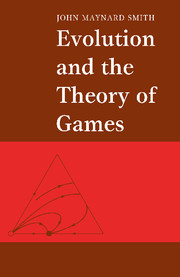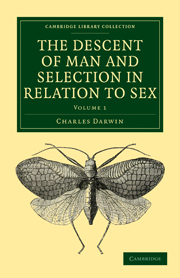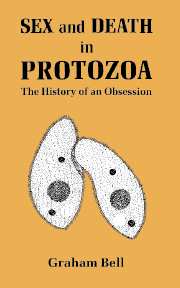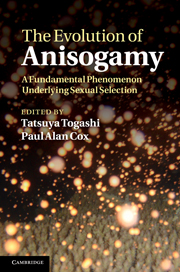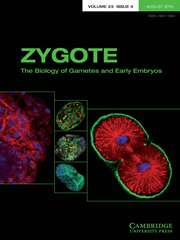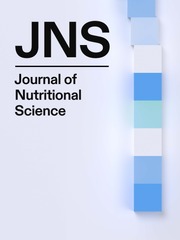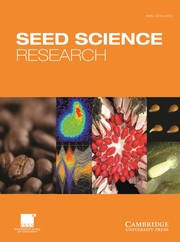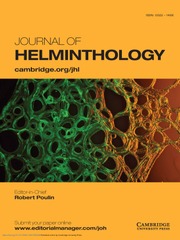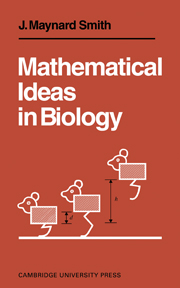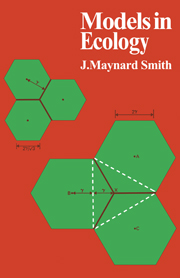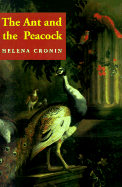The Evolution of Sex
The question of why organisms reproduce sexually is still a matter of controversy. In this account, Professor Maynard Smith considers the selective forces responsible for the origin and evolution of sexual reproduction and genetic recombination, using quantitative population genetics arguments to support his ideas. The relative importance of individual and group selection processes are also considered. the aim is to give a clear statement of the theoretical issues, and present enough of the evidence to show what kinds of facts are relevant. It is hoped that where crucial evidence is missing, experimentalists and field workers may be encouraged to collect the relevant data. The author does not claim to solve all the problems he raises, but this clear and well-argued account should provide stimulating reading for advanced undergraduate students and research workers in evolutionary theory.
Product details
August 1978Paperback
9780521293020
236 pages
216 × 140 × 14 mm
0.3kg
Available
Table of Contents
- Preface
- 1. The problem
- 2. Some consequences of sex and recombination - I. The rate of evolution
- 3. Some consequences of sex and recombination - II. Muller's ratchet
- 4. Could sex be maintained by group selection? The comparative data
- 5. Recombination - the problem
- 6. Short-term advantages for sex and recombination - I. An unpredictable environment
- 7. Short-term advantages for sex and recombination - II. Selection in a finite population
- 8. Hermaphroditism, selfing and outcrossing
- 9. Anisogamy and the sex ratio
- 10. Sexual selection
- 11. Mutation.


